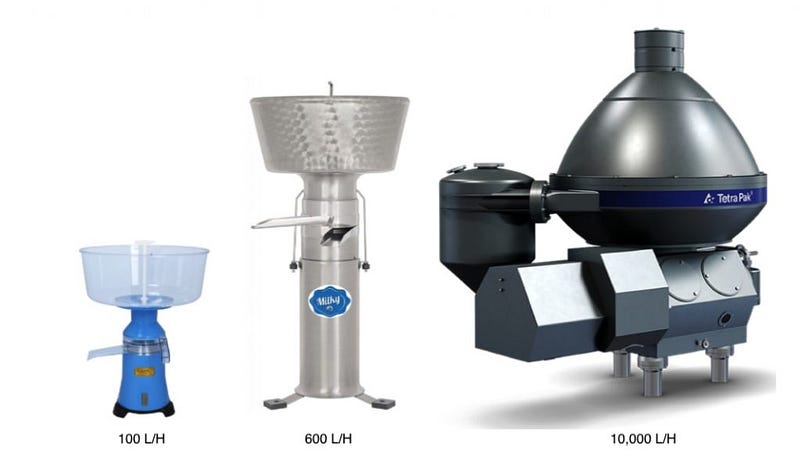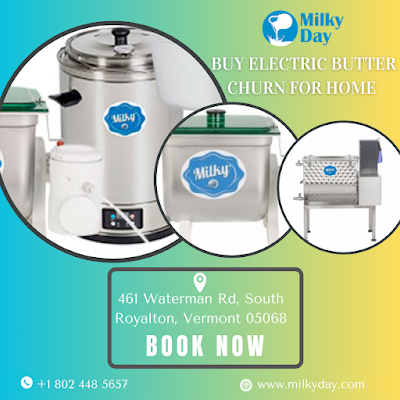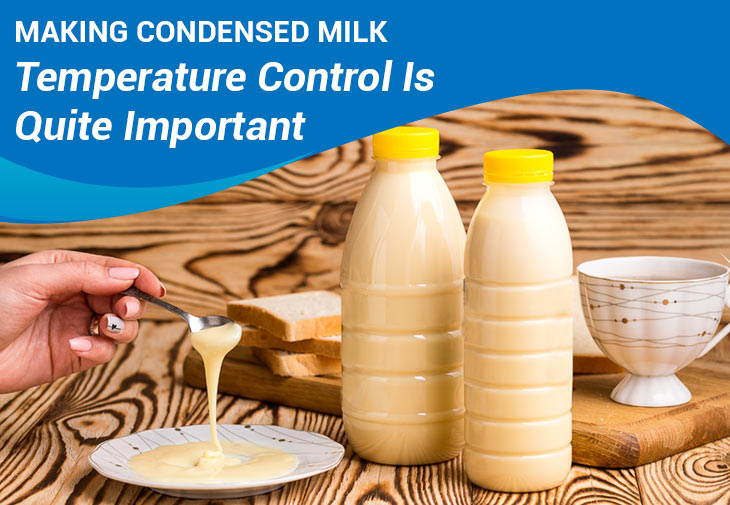Butter churn for sale offers an opportunity to reconnect with our culinary heritage and experience the joy of creating homemade butter, just as our ancestors did. This article explores the beauty of butter churns, their historical significance, and the reasons why they continue to be cherished today.
1. The Timeless Charm of Butter Churns:
Butter churns have a rich history dating back centuries, with their origins believed to trace back to ancient civilizations. Early churns were simple containers, often made from wood or clay that relied on human power to agitate the cream and separate the butterfat. Over time, the design of churns evolved, and today, we have a wide range of options available, from vintage and antique collectibles to modern, efficient churns.
2. The Art of Butter Making:
Butter making has long been considered an art form, and the process is both fascinating and rewarding. The journey starts with gathering fresh cream from a dairy source, which can be obtained from cows, goats, or even buffalo milk. The cream is poured into the churn, and the rhythmic motion begins. As the churn moves, the cream slowly transforms, with the butterfat separating from the buttermilk.
3. Nostalgia and Tradition:
Owning a butter churn is not just about acquiring a functional kitchen tool; it's about embracing nostalgia and cherishing traditions. In today's fast-paced world, where everything is readily available, slowing down to churn butter allows us to savor the simplicity of life. It's an activity that can be shared with family and friends, creating lasting memories while connecting to our roots.
4. The Joy of Homemade Butter:
One of the most delightful aspects of owning a butter churn is experiencing the unparalleled taste of homemade butter. The flavor and texture of freshly churned butter are incomparable to store-bought options. It's rich, creamy, and can be customized with various seasonings or even infused with herbs for a unique culinary experience.
5. A Sustainable and Eco-Friendly Choice:
In a world where sustainability is becoming increasingly important, butter churns offer an eco-friendly alternative to commercial butter production. By making your own butter, you can control the quality of ingredients, supporting local farmers and reducing the carbon footprint associated with mass-produced goods.
6. Incorporating Butter Churning into Modern Living:
While butter churns have a strong connection to the past, they are not limited to historical reenactments. Modern butter churns have been designed to fit seamlessly into contemporary kitchens, with user-friendly features that make the process efficient and enjoyable. From hand-cranked to electric churns, there's a model to suit every preference and lifestyle.
7. The Perfect Addition to a Farmhouse Kitchen:
For those seeking to create a warm and inviting farmhouse-style kitchen, a butter churn is an essential piece of decor that adds character and charm. Displaying a vintage or artisanal churn on a shelf or countertop can serve as a conversation starter and a beautiful reminder of the simplicity and beauty of bygone eras.
Conclusion:
A Butter Churn for Sale is more than just a piece of kitchen equipment; it's a window into the past, a celebration of tradition, and a gateway to the joy of homemade butter making. Whether you are a history enthusiast, a culinary adventurer, or simply seeking a sustainable lifestyle, a butter churn is a delightful investment that will fill your kitchen with the aroma of nostalgia and the taste of genuine, homemade butter. So why not take a step back in time and indulge in this delightful journey of butter making? Embrace the simplicity and artistry of churning butter, and discover the unique rewards it brings to your modern life.













